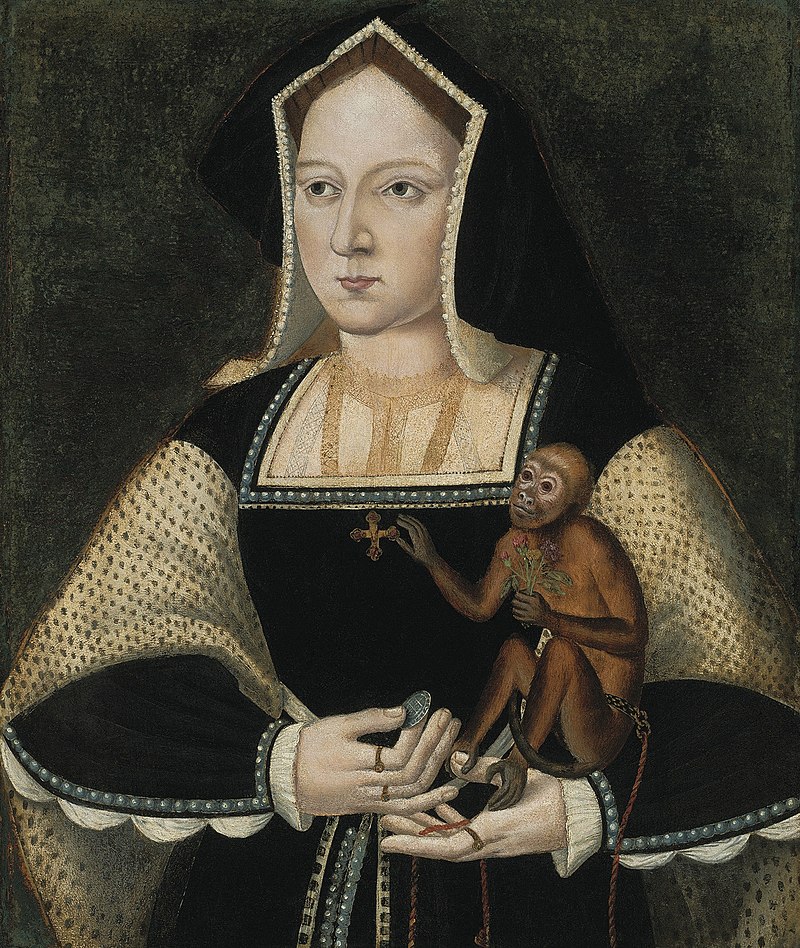Catherine of Aragon, the first wife of King Henry VIII of England, was a strong and determined woman who played a significant role in English history.

“Catherine of Aragon’s role as Queen of England was marked by her strong sense of duty, intelligence, and political acumen. Her unyielding belief in the validity of her marriage to Henry VIII and her unwavering commitment to her daughter Mary’s future as heir to the throne left a lasting impact on the course of Tudor history.”
David Starkey, British historian and author of “Six Wives: The Queens of Henry VIII.”
From her royal lineage to her resilience in the face of adversity, Catherine’s life is filled with intriguing facts that continue to capture the imagination of historians and enthusiasts alike.
let’s delve into ten fascinating facts about the remarkable Queen Catherine of Aragon.
Catherine of Aragon was born on December 16, 1485, in Alcalá de Henares, Spain, to King Ferdinand II of Aragon and Queen Isabella I of Castile. She was a direct descendant of Isabella and Ferdinand’s successful campaign to unite Spain.
Catherine was betrothed to Arthur, Prince of Wales, the eldest son of King Henry VII of England, at a young age. In 1501, she traveled to England to marry Arthur, but he tragically died just a few months after their wedding.
Following Arthur’s death, Catherine married his younger brother, Henry VIII, in 1509. Their marriage was initially filled with happiness and hope, but it later became fraught with challenges and controversies.
As Queen consort of England, Catherine played a significant role in the governance of the realm. During Henry VIII’s military campaigns in France, she served as regent and effectively ruled England in his absence.
Catherine faced great pressure to produce a male heir to secure the Tudor dynasty. Unfortunately, despite several pregnancies, only one daughter, Princess Mary (the future Queen Mary I), survived infancy.
Henry VIII sought an annulment of his marriage to Catherine in pursuit of a male heir. The ensuing dispute with the Catholic Church led to England’s break from Rome and the establishment of the Church of England.
Catherine of Aragon staunchly refused to accept the annulment, maintaining that her marriage to Arthur was never consummated, and therefore, her marriage to Henry was valid in the eyes of God. She stood firm in her position, even in the face of immense pressure from Henry and his advisers.
After the annulment, Catherine was stripped of her title as queen and lived in isolation. She was separated from her daughter, Princess Mary, and her financial situation became precarious.
Catherine of Aragon passed away on January 7, 1536, at Kimbolton Castle. Despite the circumstances surrounding her departure from the English court, she remained steadfast in her belief that she was the rightful queen until the end.
Catherine’s daughter, Princess Mary, went on to become Queen Mary I, the first queen regnant of England. Mary’s reign, often referred to as “Bloody Mary,” marked a turbulent period in English history, during which she sought to reinstate Catholicism as the state religion.
“Catherine of Aragon’s unwavering determination and steadfast devotion to her principles made her a remarkable figure in history. Despite facing immense challenges, she remained a symbol of resilience and grace in the face of adversity.”
Alison Weir, British historian and author of “The Six Wives of Henry VIII.”
Catherine of Aragon’s life was marked by resilience, determination, and loyalty to her principles. Her marriage and subsequent annulment to Henry VIII triggered a chain of events that would forever alter England’s religious and political landscape.
Despite the trials she faced, Catherine remained steadfast in her belief in the legitimacy of her marriage and her status as the rightful queen.
Her legacy as the tenacious and dignified first wife of Henry VIII continues to resonate in the annals of history.